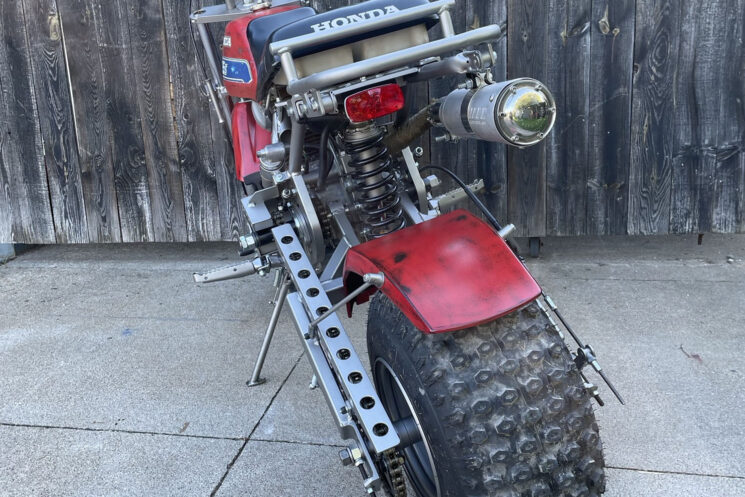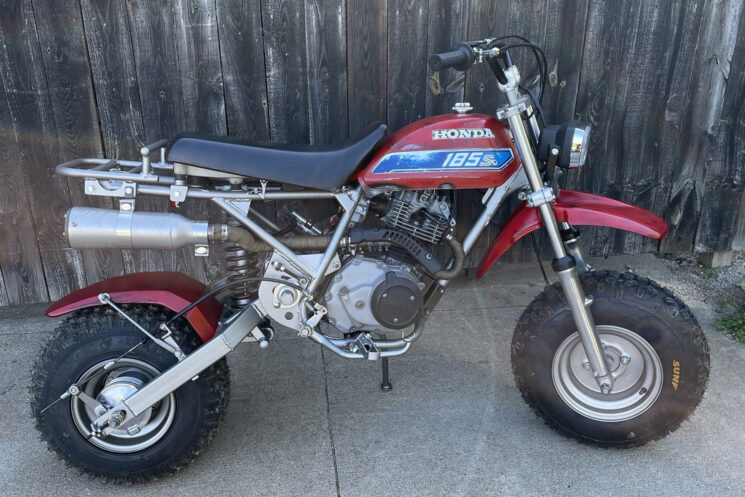
In 1986 and 1987 Honda built the TR200, better known as the “Fat Cat” for the U.S. market. This half dirt bike, half ATV hermaphrodite wasn’t agile, had lackluster performance and was generally deemed dangerous before Honda pulled the plug in 1988.
Honda Fat Cat’s are relatively collectible now and clean versions can bring upwards of $8,000 USD. Finding one, however, is a bit tricky. So Mike Lilge of Appleton, Wisconsin, decided to build his own. While he was at it, he made a few, shall we say, upgrades?
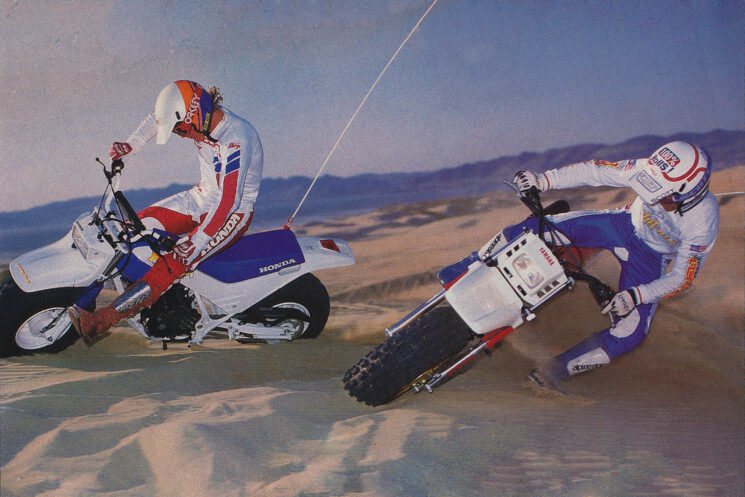
The frame is borrowed from a 1984 Honda 200S ATV, modified and fitted with a custom swing arm and Honda 250R ATV lower tree. The front end lends a little more motorcycle ingenuity, stealing forks from a Suzuki GS450 mated to a custom-fabricated upper tree. The rear absorbs bumps with a single remote reservoir shock tucked up under the seat.
The Yamaha counterpart to the Fat Cat, the BW350, provides the rear hub, brake and wheel. Stopping power is supplied via a mechanical disc in the front and drum in the rear. Custom fenders with a well-executed faux patina cover brand-new wheels and tires.
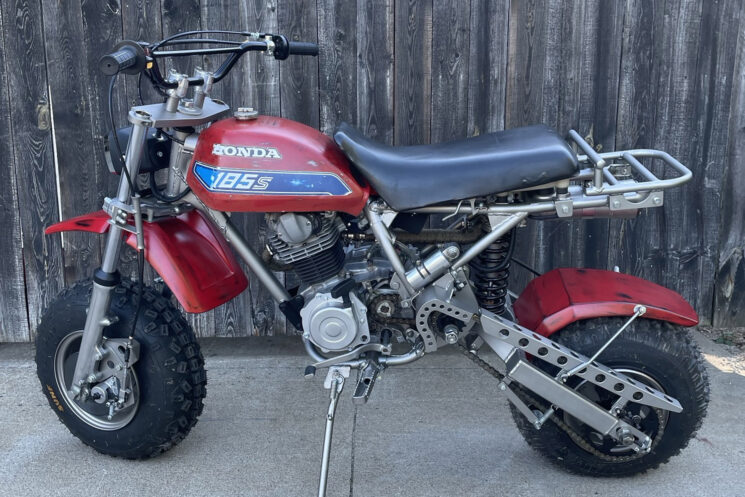
The engine is the stock 200S ATV powerplant with a rebuild consisting of new rings, valves, gaskets, ground seats and a honed cylinder. The engine sings from a sexy little SuperTrapp poking out from underneath a custom rear seat rack and is operated via a twist throttle. The final gearing and top speeds remain consistent with those of the original 200S, which in my experience would be thrillingly more than that of the TR200.
Overall, I love this build. The time and ingenuity can’t be overlooked and when poking deep, it’s actually quite well done. As of writing, this monster is for sale for $4,200 which is probably not much more than the sum of the parts.
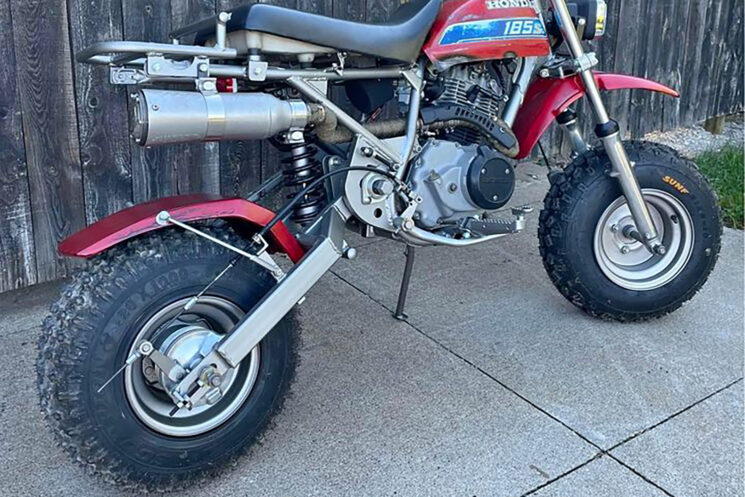
Sidecar Subject: Honda Fat CatHonda Fat Cat Design: The Fat Cat featured a large, bulky frame and wide, ATV-style tires. This gave it a distinctive appearance and added stability on rough terrain, although users often found deep sand and snow to be difficult to maintain control in. Honda engine Reliability: The Fat Cat was powered by a 199 cc four-stroke engine, providing adequate power for off-road riding. Automatic Clutch: The Fat Cat featured an automatic clutch, making it easy to ride for beginners. It had a five-speed transmission for varying terrain and speeds. Brakes: Both the front and rear wheels had drum brakes, providing reliable stopping power. Limited Production: The Fat Cat was only produced for two years 1986 and 1987, making it a relatively rare and sought-after model among collectors. Electric start with Kickstart Backup: The Fat Cat was equipped with an electric starter for convenience, with a kickstart as a backup option so you were never left stranded. Lightweight: The Fat Cat weighed just over 250 pounds dry, making it relatively easy to maneuver and transport. |
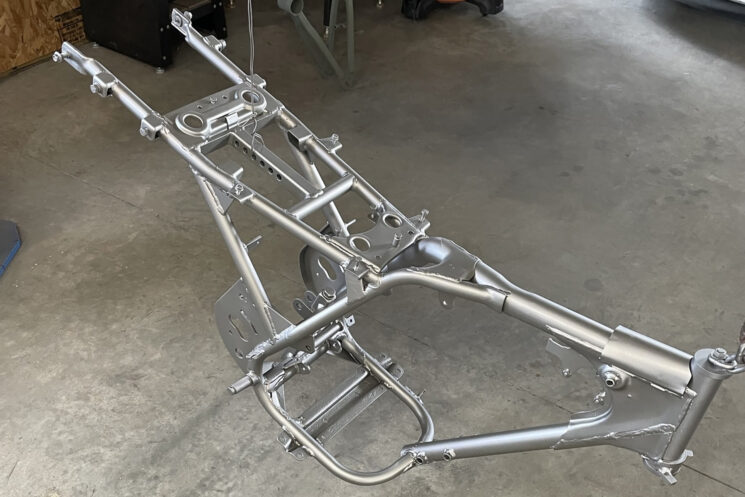
Garage Builds are user-submitted or interesting off-the-wall, non-typical builds found by BikeEXIF staff. If you’d like to submit a garage build, contact us at [email protected].
